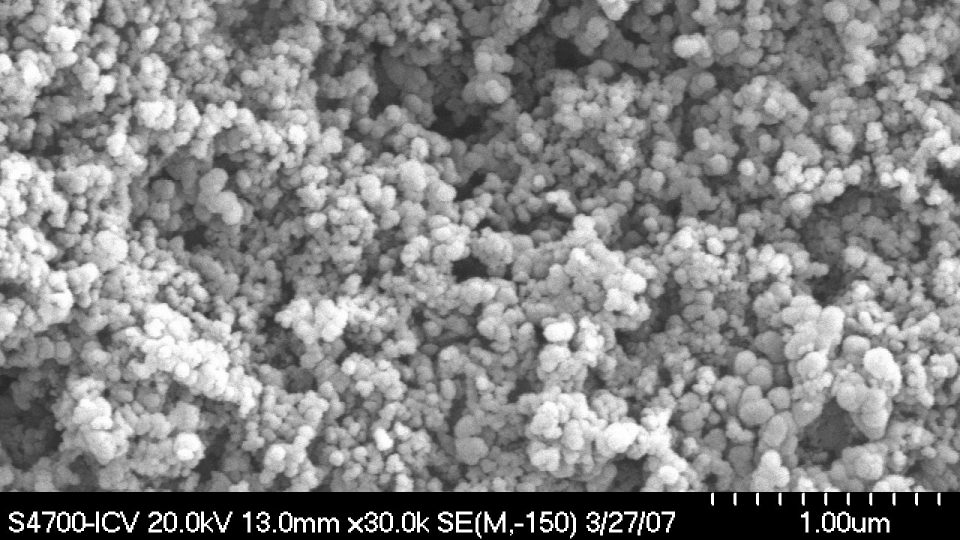We develop glass and ceramic materials as well as fibre-reinforced resins composites for a multitude of applications. We also characterize the surfaces to determine the interaction energy and predict the behavior of the material in use.
We develop glass and ceramic materials as well as fibre-reinforced resins composites for a multitude of applications. We also characterize the surfaces to determine the interaction energy and predict the behavior of the material in use.
SURFACES
Our group has extensive experience in the characterization of solid surfaces from macro, micro, nano or even molecular levels. We characterize the dispersive surface energy and acid-base constants, as well as the roughness at molecular scale using the methodology of Inverse Gas-Solid Chromatography at Infinite Dilution or a Finite Coverages. Other techniques how Tensiometry, Capilarimetry, contact angle, etc., are also used together with electron microscopy and atomic force microscopy.
We also develop solid (glass, ceramic) or liquid (organic-inorganic) coatings for a multitude of applications. Hydrophobic coatings, antifreeze, Antirreflexivos, abrasion resistant or corrosion at low or high temperatures are investigated, high or low emittance, color or shine coatings are developed in our team.
PROCESSES
We investigate and develop new glasses for any type of application in the current society or new technology. Glass for windows, crockery, jars, etc., frits and enamels for tiles, new fluorescent glass, bio-glass, thermionic glass, ceramics with special properties, etc., are currently developed.
We also investigate the processes of welding glass-glass and glass-metal for solar applications, thermal, etc.
The sintering processes of ceramic oxide materials are investigated (Al2O3, ZrO2, etc.), Carbides and Oxicarbides (SiC, SiOC, SiBOC, SiTiOC, etc.,) and Nitrides, Oxinitrides and Oxicarbonitrides (BN, Si3N4, SiON, SiOCN, SiBOCN, etc.) in both oxidizing and non-oxidizing atmospheres at high temperature with or without pressure as well as through SPS. The clay cooking processes for the production of bricks and tiles, as well as those for floor and wall cramic tiles are also widely developed
We develop and characterize composite materials based on polyester or epoxy resins reinforced with fiberglass or carbon fibers as well as carbon nanofibers. The incorporation of other additives or inert particles is analyzed with respect to the influence on the properties of the composite. Composite materials for wind shovels, recycling containers, etc., are widely characterized.
NEWS
Aitana Tamayo We are Scientits read more
Rosa Menéndez President of the CSIC visits ICV-CSIC read more
PUBLICATIONS
The addition of P2O5 to a LMAS glass-ceramic leads to the formation of Lithium Aluminum Silicate, Enstatite and b-Spodumene crystals that grow in one, two and three-dimensions depending on the presence of F ions
A new chemical approach has been developed for preparing BaCu2Si2O7 semi-spherical particles, free of by-products, with a 3D self-assembling process and a wide range of blue color tonalties
CONFERENCES

Although the particle size, composition and chemical structure of the glass frit influence the resistance to attack in aqueous media, however structural relaxation or thermodynamic fragility also allows the evaluation the structural resistance against such aqueous attack
VIEW MORE
In this work, Si-Ti oxycarbide glasses have been prepared through a process of pyrolysis of preceramic materials in inert atmosphere
VIEW MOREPROJECTS

Surface modification of graphene materials through deposition of SiC, TiC, Si3N4, Al2O3 and Y2O3 nanoparticles leads to improve the sintering processes of ceramic pieces and to increase the resistance of textile fibers against external risks
VIEW PROJECT
Small and large format pieces based on new carbide and silicon nitride materials reinforced with carbon nanofibers and graphene nanoparticles with high resistance to ballistic impact and low energy cost of production
VIEW PROJECTWrite us, we will be happy to assist you
